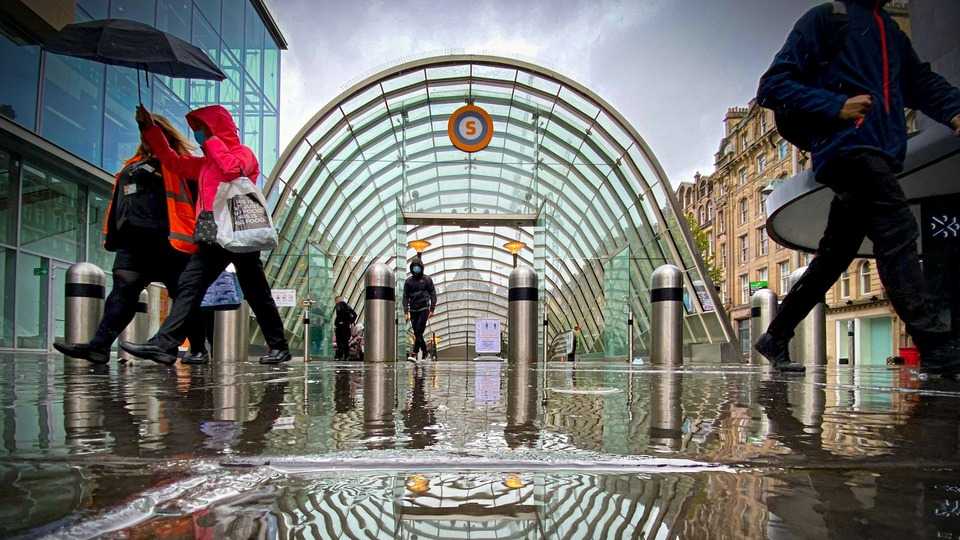Facts and Tidbits about the Glasgow Subway
The Facts
Third oldest underground railway in the world
Opened in 1896, after London (1863) and Budapest (1896)
Nicknamed "The Clockwork Orange"
Due to its circular route and the orange color of its carriages introduced in the 1970s
Entirely underground system
One of the few metros in the world that operates completely below ground
Circular route
The line forms a loop, covering 6.5 miles (10.5 km) in total
Unique track gauge
Uses a narrow gauge of 4 ft (1,219 mm), uncommon among metro systems
Originally cable-hauled
Trains were pulled by cables until electrification in 1935
15 stations
Serves key areas of Glasgow on both sides of the River Clyde
Busiest station
Hillhead station, serving the West End and University of Glasgow area
Shortest distance between stations
Only 1,024 feet (312 m) between Shields Road and Kinning Park
Deepest station
Cowcaddens, at 115 feet (35 m) below ground level
Modernization closure
Closed for three years (1977-1980) for a major renovation
Passenger numbers
Carries approximately 13 million passengers annually
Operating hours
Runs from early morning until around 11:30 PM, with extended hours on Fridays and Saturdays
Single fare system
Uses a simple flat fare for any journey, regardless of distance
Smartcard ticketing
Introduced the "Subway Smartcard" for convenient, cashless travel
Park and Ride facilities
Offers parking at Bridge Street, Kelvinbridge, and Shields Road stations
Accessibility improvements
Ongoing project to install elevators at all stations for step-free access
New driverless trains
Introducing a fleet of modern, driverless trains to replace the aging rolling stock
Unique station design
Many stations feature distinctive island platforms between the two tracks
Cultural icon
Featured in various films, TV shows, and artworks, becoming a symbol of Glasgow
Fastest journey time
A complete circuit of the system takes approximately 24 minutes
Frequent service
Trains run every 4 minutes during peak times and every 6-8 minutes during off-peak hours
Wartime use
Stations were used as air raid shelters during World War II
Commonwealth Games role
Played a key role in transporting athletes and spectators during the 2014 Commonwealth Games
Future expansion plans
Proposals have been made to extend the system, though none have been implemented to date
Noise levels
Known for being one of the noisiest subway systems due to its tight tunnels and curves
Engineering challenges
The subway's construction faced difficulties due to Glasgow's geology and existing infrastructure

Plan your Crawl on the Glasgow Subcrawl App
View the Glasgow Subway stations and plan your subcrawl.